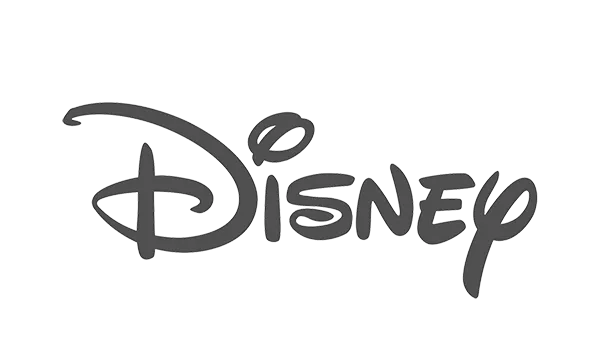An employee growth plan, also known as an employee development plan, benefits staff in various ways. They’re commonly used to help new hires acclimate to their new roles, but did you know that they can benefit employees on all levels?
Per a recent report from Gartner, a mere 46% of employees feel like their career growth is actively supported by their current employer. Whether they’re a senior-level executive or a fresher, a detailed employee growth plan can help propel their career to all-new heights.
Performing a Skills Gap Assessment
Start by performing a skills gap assessment across your entire organization. This is one of the most straightforward methods of uncovering any existing gaps and identifying areas of improvement – including opportunities for training, upskilling, certification, or mentorship.
If you’re ensure where to begin, follow these recommended steps:
- Determine whether you will perform a generalized analysis of your entire workforce or individual analyses for each employee
- Identify the skills that are most important to your company and its future
- Utilize performance reviews, skills testing, and skills management software to gauge current skill proficiencies and identify actionable recommendations for improvement
The initial skills gap assessment is crucial in developing tailored employee growth plans for your team. Use it to guide your decision-making process when choosing recommended training courses, certifications, and other developmental activities.
Creating Awareness
Per a recent report by the World Economic Forum, approximately 50% of current workers will need to undergo significant re-training by 2027. The problem is twofold, as employees need to overcome any current gaps that exist while staying on top of the new ones that are created through emerging technologies and evolving trends. While it’s no easy task, most skills gaps can be addressed through a comprehensive employee growth plan.
However, it’s crucial that you create awareness of any current gaps. Not only do you need to make sure that individual team members are aware of their own gaps, but you need to create awareness of the resources that are available to them – including the employee growth plan itself.
“The number one reason why people are leaving employers now is a lack of perceived career growth – the key word there is perceived, right? There may be growth opportunities in the organization, but if people don’t know about them, then they’re not aware of the resources.” – Terri Varnell, SPHR, Chief Operating Officer at HRCP
Asking Employees for Input
Before finalizing any employee growth plan, take the time to ask your employees for their specific input. This could be done through anonymous surveys, one-on-one interviews, or group meetings. Whenever possible, ask specific, targeted questions like:
- What is your weakest skill? What is your strongest?
- Are you currently struggling to perform any of your duties on a daily basis?
- Are you interested in pursuing any relevant certifications?
- Would you attend training sessions to help develop your skill set?
- Have you received any recent feedback from supervisors or peers?
- If you could master any skill, what would it be?
Questions like this can help uncover any existing skills gaps amongst your current team. Depending on their answers, you might even identify new opportunities for training or development that you hadn’t yet considered. You’ll also avoid training any skills that are already in sufficient supply amongst your workforce, ultimately giving you more time to focus on building useful skills.
Monitoring KPIs
Once your employee growth plans have been created, use key performance indicators (KPIs) to analyze the results. There are a myriad of different KPIs you can use, depending on the industry, your organizational needs, and each individual plan, so make sure to choose ones that are relevant to the company and its bottom line.
Some useful KPIs to consider include:
- Training attendance / completion rate: KPIs like this make it easy to compare training course attendance with the number of employees who actually complete the training courses suggested in their growth plans.
- Average time to completion: Most employees should complete their training at a similar pace. If you noticed large disparities, it might be a sign that your training curriculum is too convoluted or confusing.
- Overall performance impact: Has the recent training impacted the employee’s overall performance? Use additional metrics, such as improved productivity or performance scores, to determine the overall impact of your recommended training.
- Stakeholder satisfaction: Are your key stakeholders satisfied with the results? If not, you might need to rethink your approach altogether.
Remember, this isn’t meant as an exhaustive list. For best results, choose the KPIs that pertain directly to your company, its goals, and its employees.
Maintaining Consistency
Finally, it’s critical that your employee growth plans are consistent across the board. If you go the extra mile for one employee, make sure to do the same for the next. You’ll avoid any perceived favoritism while cultivating a more diversified and skillful workforce in the end.
To ensure consistency, consider using a template for all employee growth plans. Not only will this save you time, especially if you’re completing dozens or even hundreds of individual plans, but it’s a great way to avoid accusations of favoritism. By working from a template, you’re more likely to give everyone the same amount of time and attention.
Keeping Pace With the Skills Gap
Although you might not be able to close the skills gap once and for all, it is possible to keep it in check by creating comprehensive employee development plans for your team. Future-proofing your workforce isn’t always a straightforward task, but you’ll ultimately be rewarded with a dynamic and multifaceted team that is prepared to take on new challenges for years to come.
























